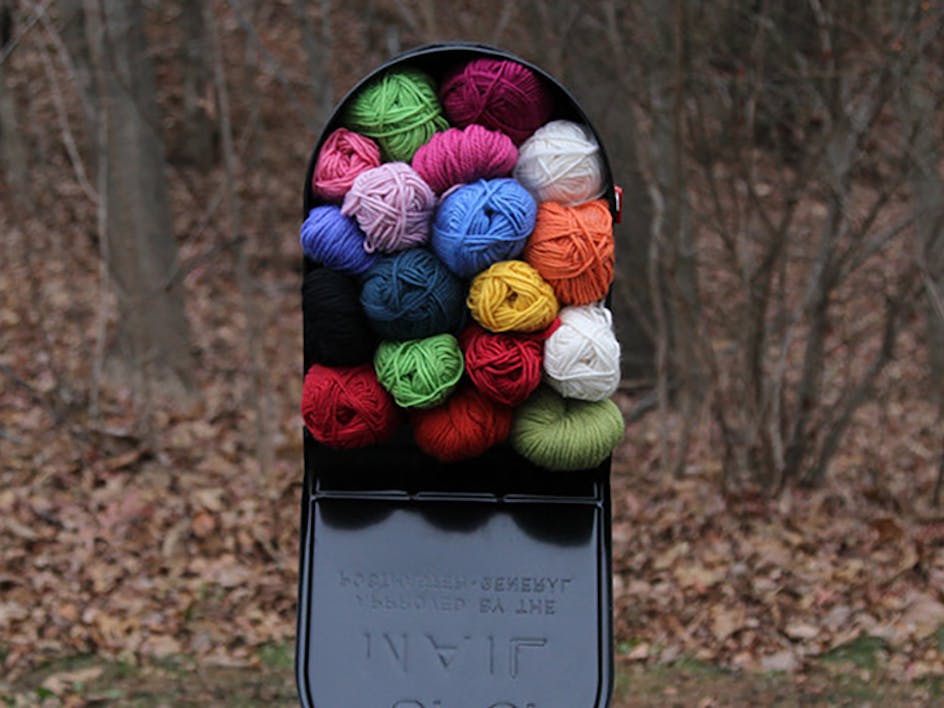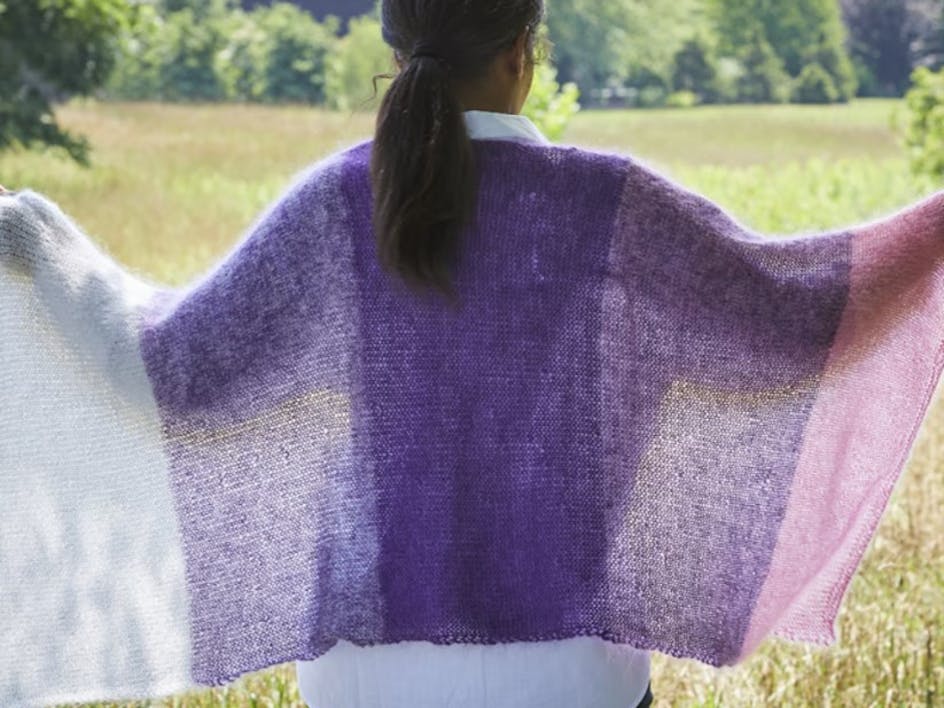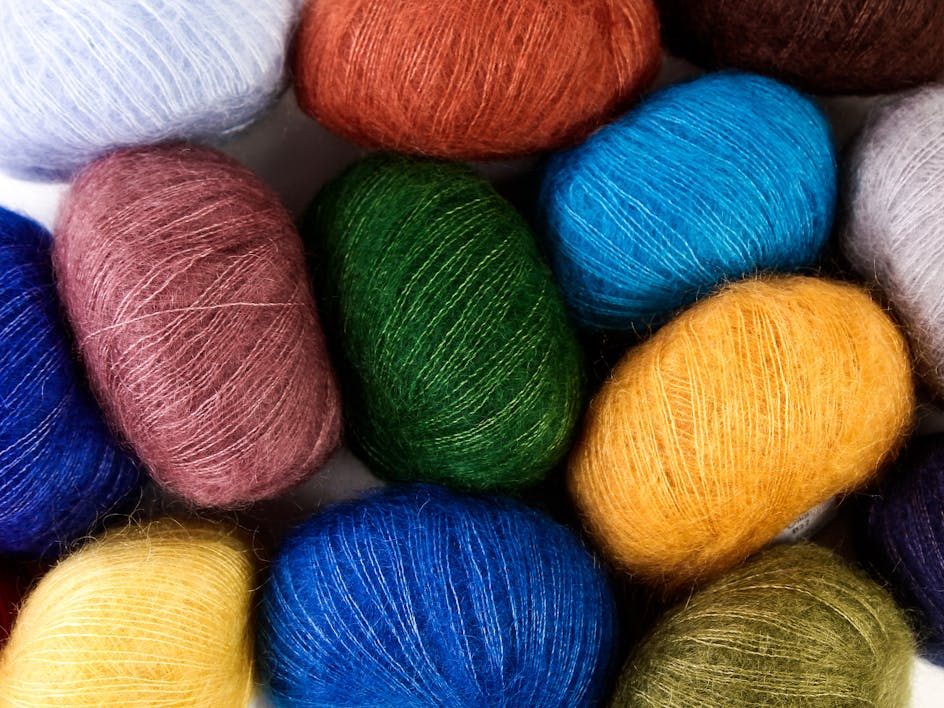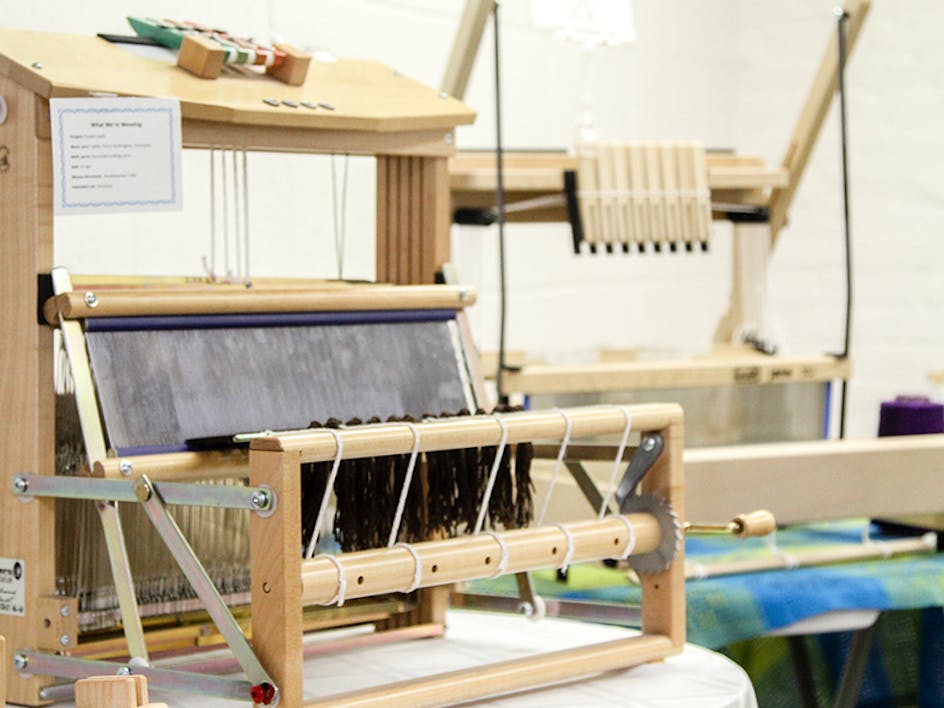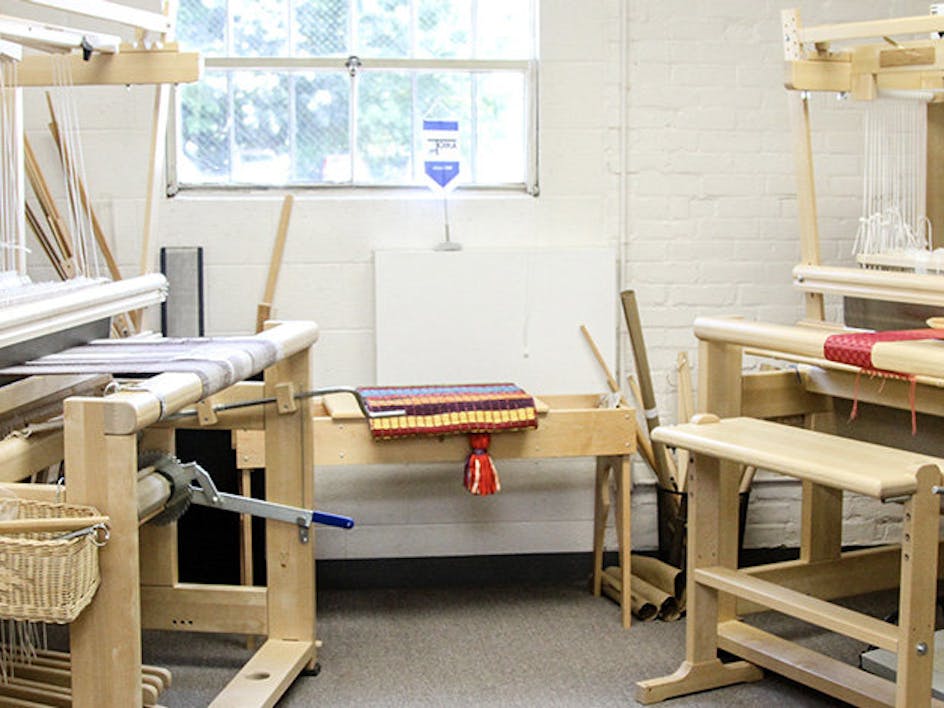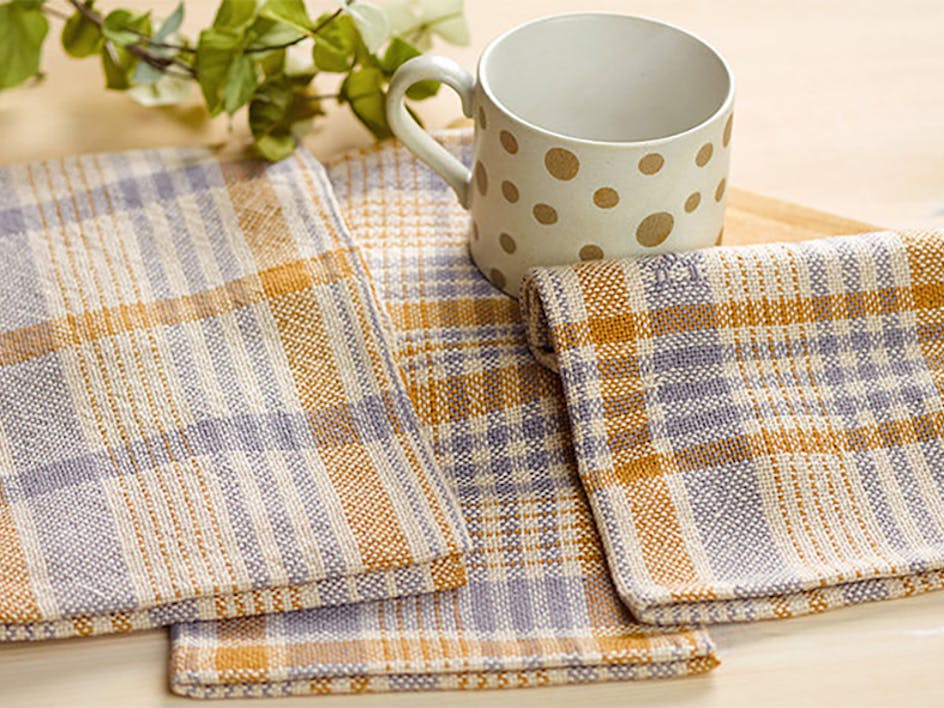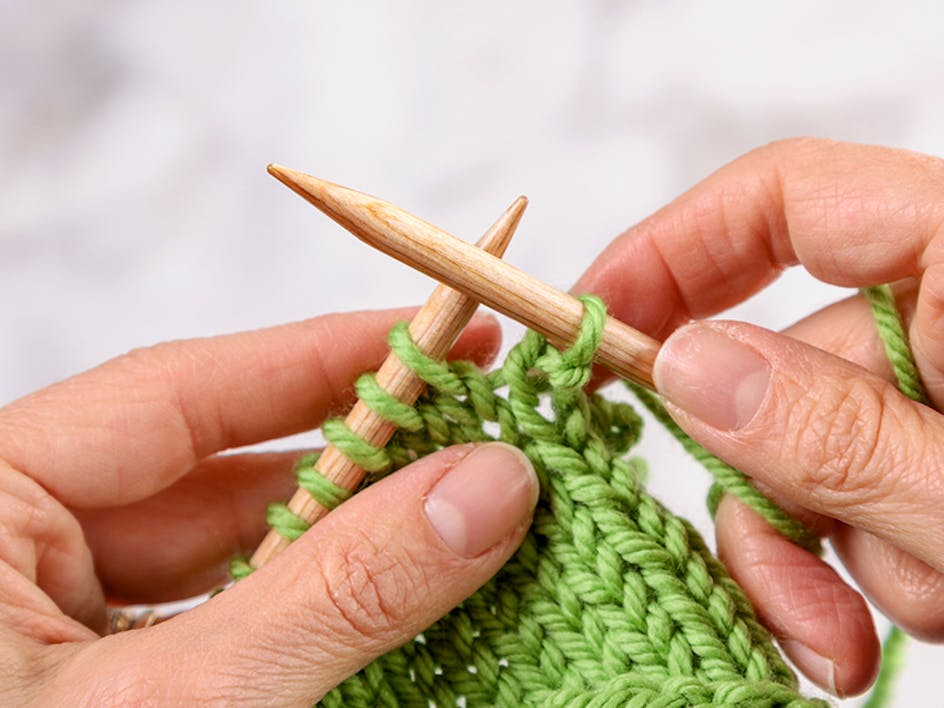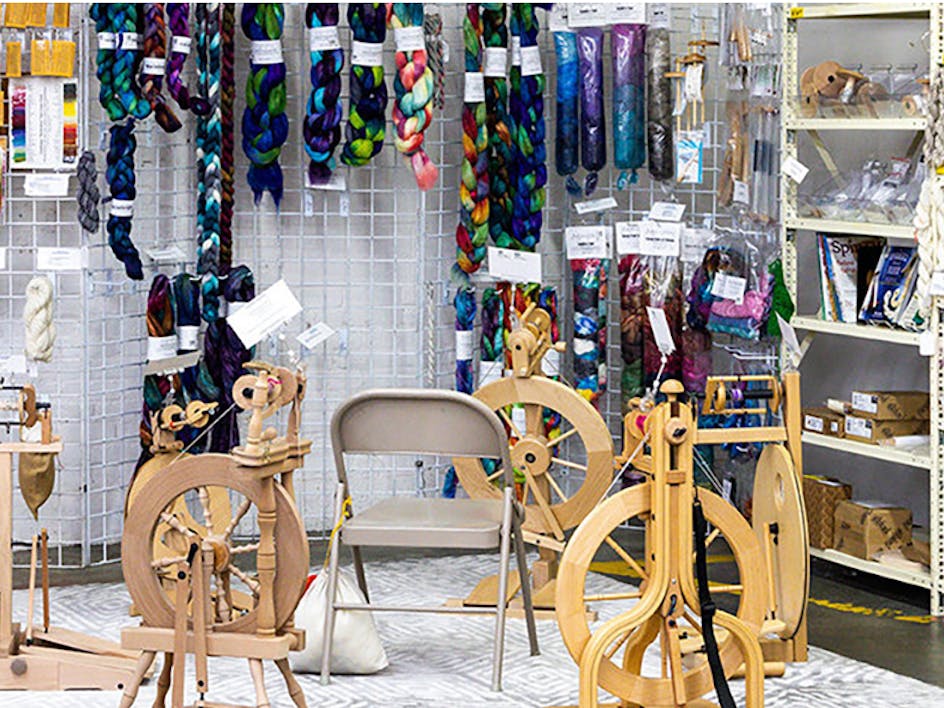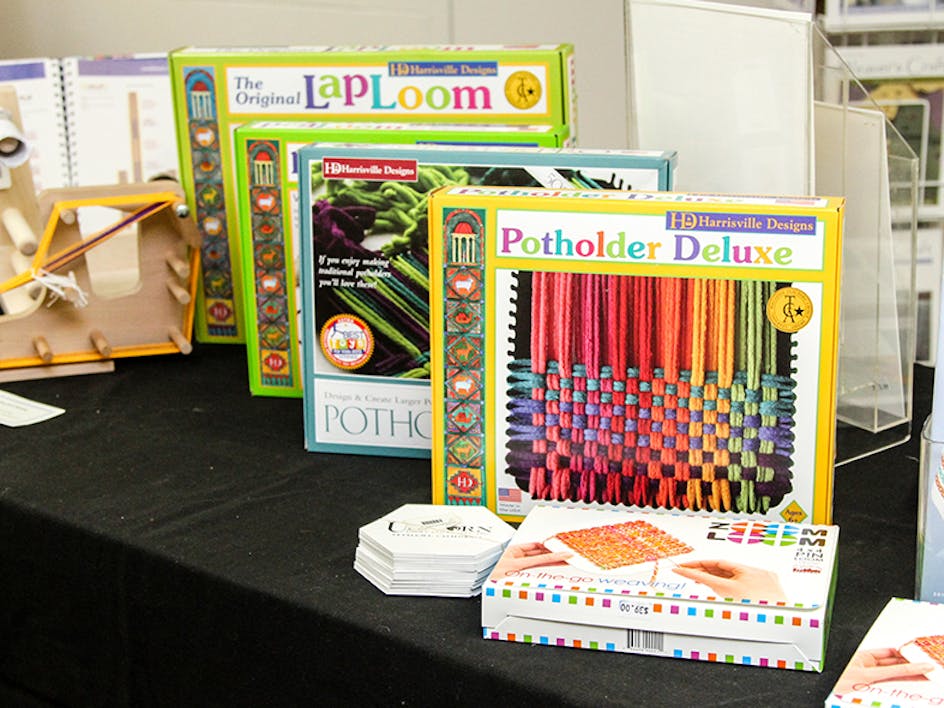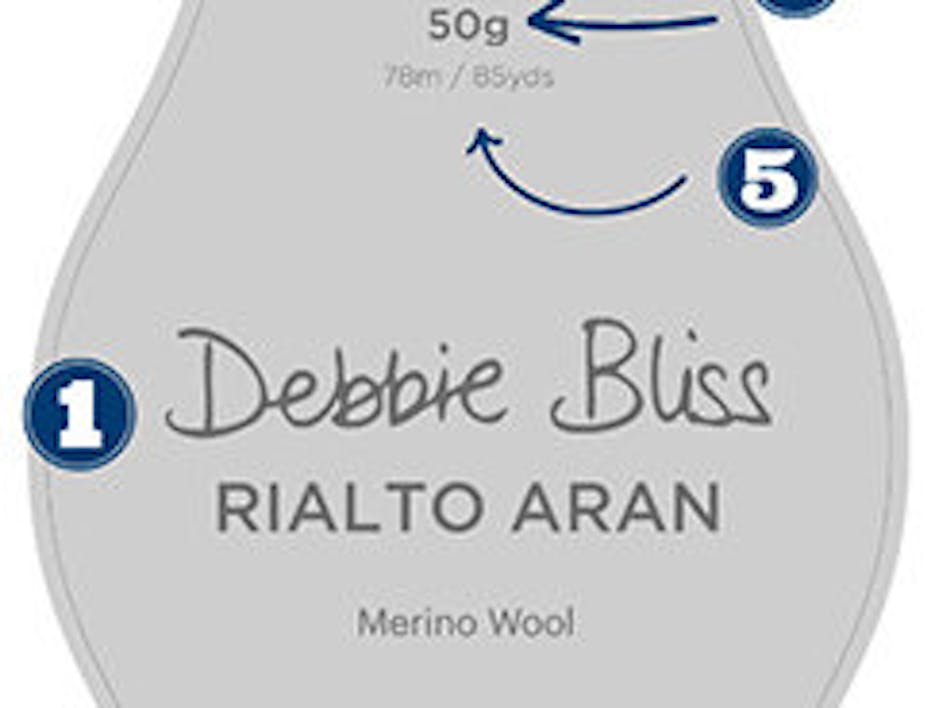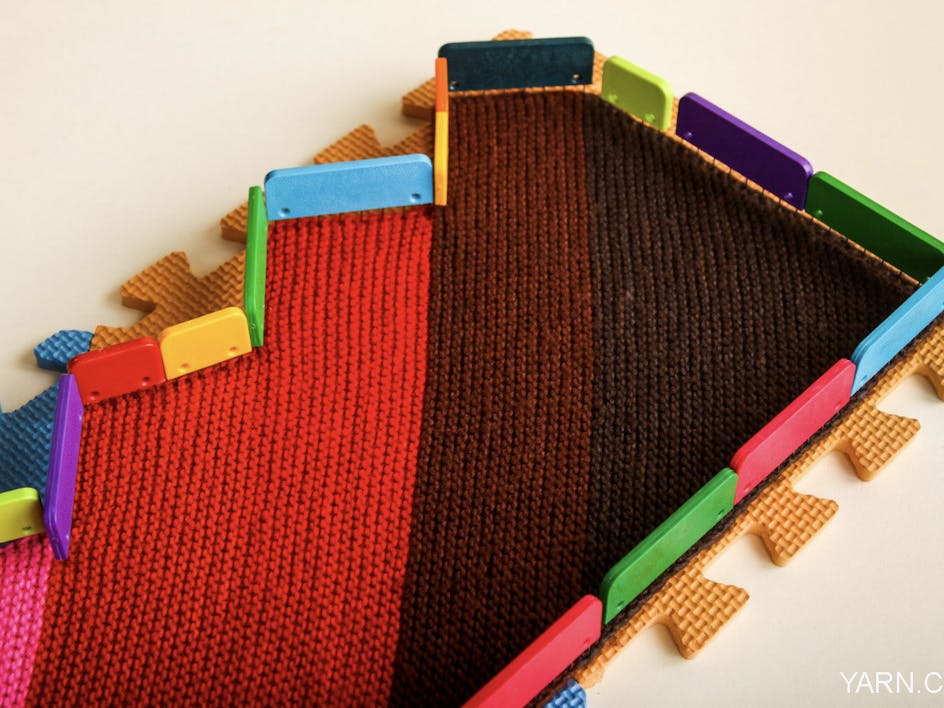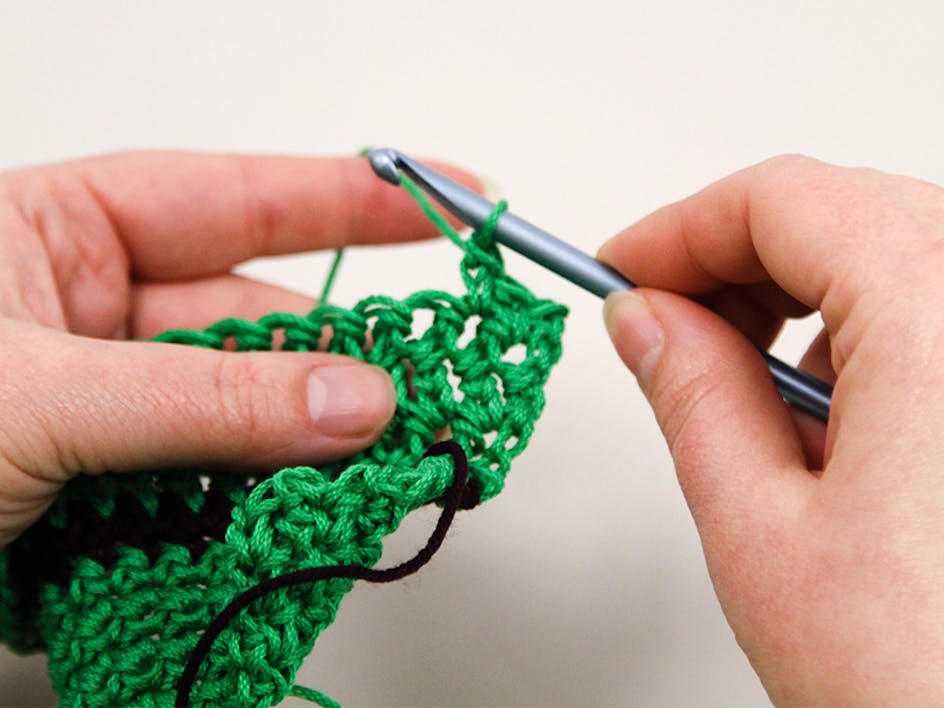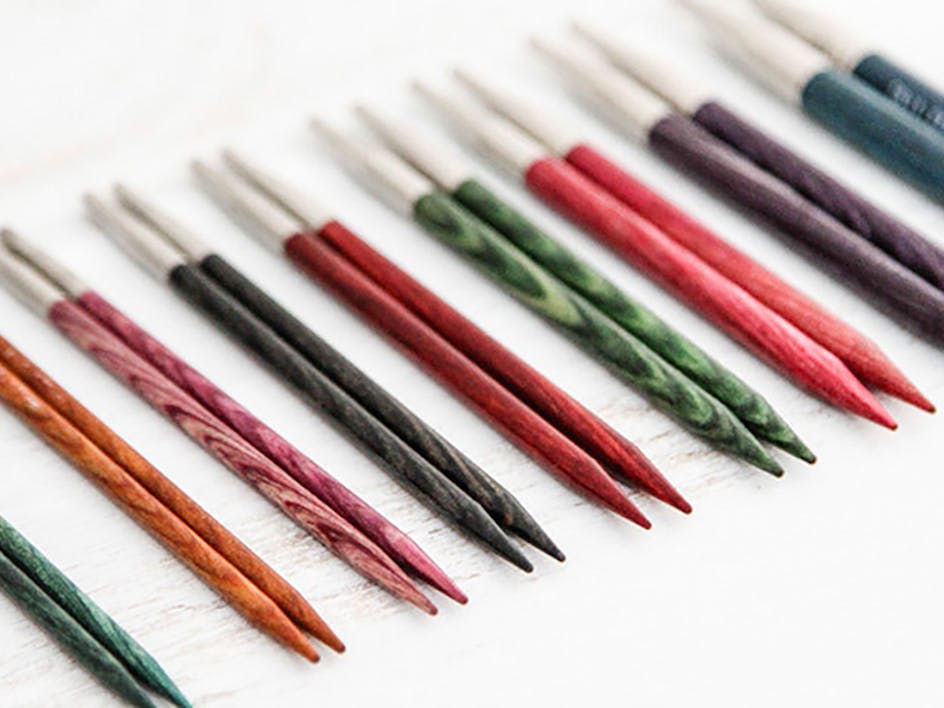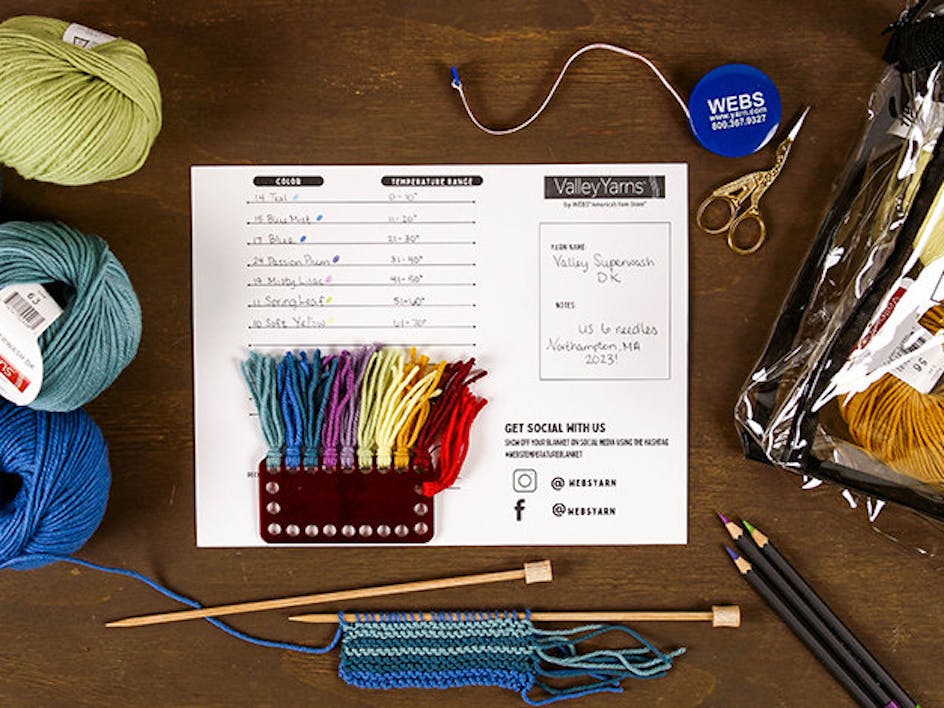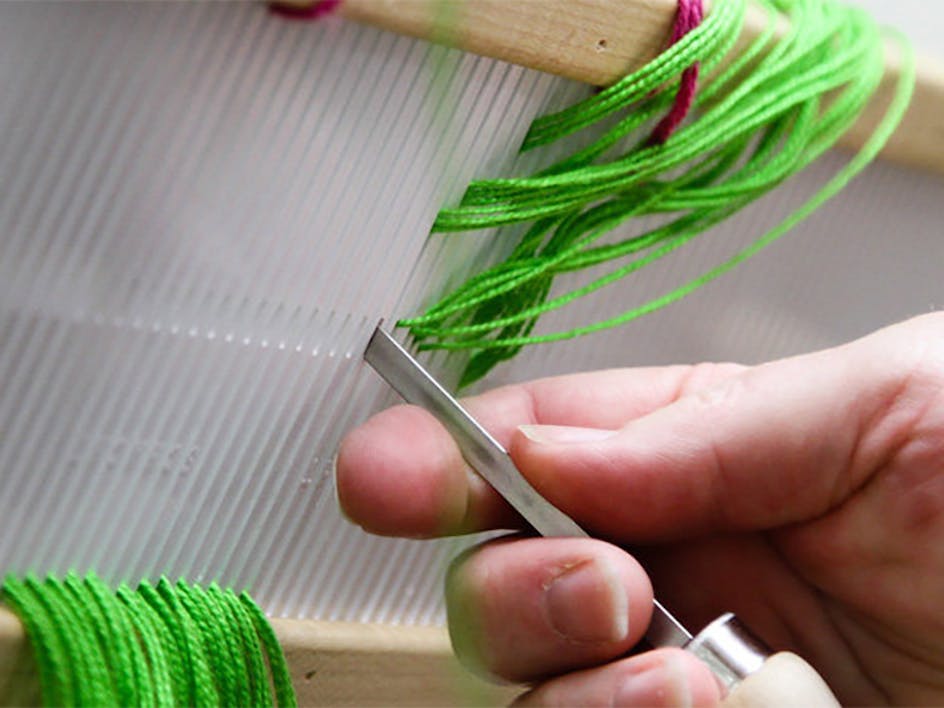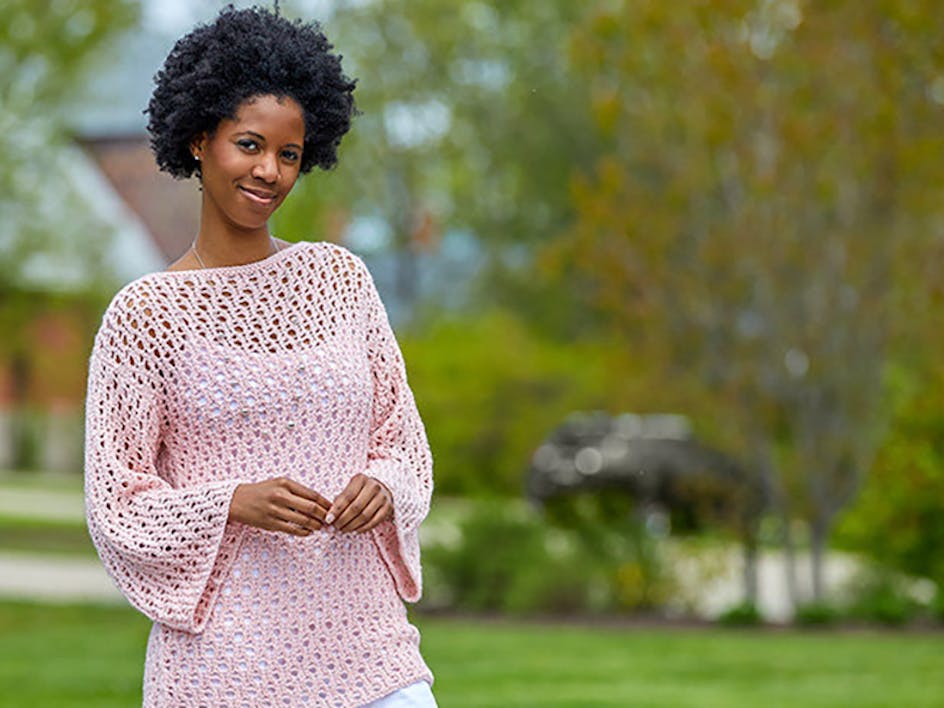Crochet Hook Buying Guide
Published on July 28, 2024 5 min readOur Crochet Hook Buying Guide will help you find the best hook for your next project! Includes a size conversion chart, recommended hook sizes, and more.
Are you a new crocheter? Or maybe you've asked yourself what's the difference between all the different crochet hooks out there? We're here to help you with our Crochet Hook Buying Guide! This guide will walk you through converting between U.S. sizes and metric sizes of crochet hooks, the recommended hook size for different yarn weights to help you choose which size to buy, different crochet hook materials, the anatomy of a crochet hook, Tunisian crochet hooks, tips for selecting hooks, and our recommendations for crochet hooks and yarns for beginners.

RECOMMENDED HOOK SIZE FOR EACH YARN WEIGHT
Lace — 1.4mm–2.25mm (8+ sc per inch)
Fingering/Sock — 2.25–3.5mm, B to D (5.25–8 sc per inch)
Sport — 3.5-45mm, E to 7 (4–5 sc per inch)
DK — 4.5–5.5mm, 7 to I (3–4.25 sc per inch)
Worsted/Heavy Worsted — 5.5–6.5mm, I to K (2.75–3.5 sc per inch)
Bulky — 6.5–9mm, K to M (2–2.75 sc per inch)
Super Bulky — 9–16mm, M to Q (1.75–2.25 sc per inch)
Novelty — recommended hook and gauge vary
Of course, you'll need to crochet a gauge swatch before starting your project to be sure your hook and yarn combination give you the correct gauge for your pattern!
CROCHET HOOK MATERIAL
Wood or bamboo hooks feel warm in the hand. The material provides a grip on the yarn, making it a good choice to give new crocheters control of the yarn or for slippery fibers, such as silk, bamboo, or rayon.
Plastic crochet hooks are smooth, sturdy, and economical. Many plastic crochet hooks are available in bright colors and are fun for children learning to crochet.
Aluminum hooks are lightweight and strong. The smooth metal slides easily through fibers that stick to themselves, such as wool, mohair, alpaca, and cotton.
Steel is the strongest material used to make crochet hooks. Steel hooks are typically manufactured in the smallest sizes used to make crochet lace for doilies and other fine projects. Steel crochet hooks are also great for adding beads to projects.
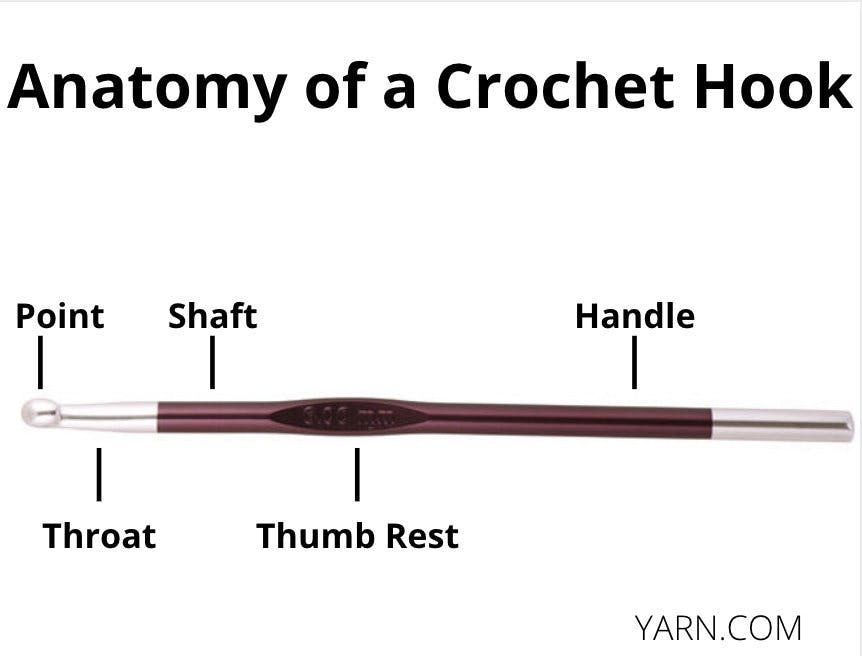
PARTS OF A CROCHET HOOK
The point or head of the crochet hook is the part at the very end of the hook that you insert into previously made stitches. The head can be blunt and rounded or pointed for working into closely-worked stitches. If you find that you're splitting your stitches with a pointed hook, try a rounded hook instead.
The throat grabs onto the working yarn and pulls it through the stitch. The throat can be tapered or angled. Beginners may find hooks with "in line" angled throats easier for keeping stitches consistent. The throat of your hook should be large enough to grab the working yarn but not so large the stitch slides off before you work it.

The shaft determines the hook size and determines the size of the stitch. The diameter of the shaft is measured in millimeters to give the hook size. Hooks with longer shafts are useful for working several stitches at once.The thumb rest is a flattened, wider section of the crochet hook that rests between your thumb and middle finger when holding the hook. This allows you to rotate the hook while stitching. Many, but not all, companies print the size of the hook on the thumb rest.
The rest of the crochet hook makes up the handle and is used to balance the hook. Many crochet hooks have ergonomically designed handles made of plastic or rubber to make the hooks easier to hold.
TUNISIAN HOOKS
Tunisian crochet hooks, or afghan hooks, are elongated crochet hooks that resemble knitting needles. Tunisian crochet hooks are longer than regular crochet hooks because all the stitches stay on the hook on the forward pass. The stitches are worked off the hook during the reverse pass. The hooks can have a stopper on one end or have a flexible cord attached to one end to hold a large number of stitches. Some companies make interchangeable Tunisian hooks that screw onto interchangeable cables to allow crocheters the versatility to create just the right length Tunisian crochet hook for their project.
TIPS FOR SELECTING HOOKS
If you're just starting out, try out crochet hooks made of different materials or with different handles or head shapes to get a feel for what you like. Just because your friend likes a particular type of hook doesn't mean you will as well.
Crochet hooks are all about personal preference. Some crocheters can't stand using wooden hooks, and others find aluminum too slippery.
Most importantly, use what works for you and your project! Your favorite hook may not work for certain projects, depending on the fiber content or thickness of your yarn or the gauge of the project.
Featured Crochet Hooks
Knitter's Pride Waves Aluminum Crochet Hooks
Knitter's Pride Zing Crochet Hooks
Knitter's Pride Ginger Crochet Hooks
Knitter's Pride Dreamz Crochet Hooks
addi Comfort Grip Crochet Hooks
Lykke Blush 6" Crochet Hook Set
Lykke Driftwood 6" Interchangeable Crochet Hook Set
Knitter's Pride Waves Crochet Hook Set
addi addiColours Crochet Hook Set
Knitter's Pride Bamboo Interchangeable Tunisian Crochet Hook Set
